Moving to a new home can be both an exciting and stressful experience, especially when it comes to transporting your beloved indoor plants. The summer heat can add an extra layer of complexity to this process. However, with careful planning and the right techniques, you can ensure your plants make the transition smoothly. Here are some essential tips for moving your indoor plants to a new home in summer.
1. Plan Ahead

Evaluate Your Plants
Before the move, evaluate your collection of indoor plants. Determine which plants are worth moving and which ones might be better off given to friends or left behind. Focus on plants that are healthy and have sentimental or significant value.
Gather Supplies
Prepare all necessary supplies in advance. This includes sturdy boxes, packing material (such as bubble wrap or packing paper), plastic bags, plant trays, and watering cans. Having everything ready will make the moving process more efficient and less stressful.
Also Read- How To Create A Vertical Garden With Indoor Plants
2. Prune and Inspect Your Plants

Pruning
A few days before the move, prune your plants. Remove any dead or yellowing leaves, spent flowers, and excess foliage. Pruning helps reduce the size of the plants, making them easier to handle and less prone to damage during the move.
Inspect for Pests
Thoroughly inspect your plants for pests. Treat any infestations before the move to prevent spreading pests to your new home. Use appropriate insecticidal soap or natural remedies to address any issues.
Also Read- How To Use Indoor Plants To Decorate Your Child’s Study Space
3. Water Wisely

Timing
Water your plants a day or two before the move. This ensures that they are hydrated but not overly wet, which can make them heavy and prone to root damage. Avoid watering them on the day of the move to prevent spills and soggy conditions.
Moisture Retention
For plants in particularly dry climates, consider using a moisture-retentive medium like sphagnum moss around the base of the plants to help retain moisture during the move.
4. Pack Plants Properly

Use Sturdy Boxes
Select sturdy boxes that can support the weight of your plants. Line the bottom of the boxes with plastic to prevent moisture from seeping through. Place each plant in a box, ensuring they are secure and won’t tip over during transport.
Cushion and Protect
Use packing material to cushion the plants and fill any gaps. Bubble wrap, packing paper, or even old newspapers can be used to protect the foliage and prevent the pots from moving. Cover the tops of the plants with plastic bags to protect them from drafts and dust.
Labeling
Clearly label the boxes with "Fragile" and "Live Plants" to ensure they are handled with care. Indicate which side of the box should be kept upright.
Also Read- Science Behind How Indoor Plants Improve Your Health
5. Transportation Tips

Climate Control
Transport your plants in a climate-controlled vehicle if possible. Extreme temperatures in a moving truck can harm your plants. If you’re moving a long distance, consider transporting the plants in your car to maintain a stable temperature.
Avoid Direct Sunlight
During the move, keep the plants out of direct sunlight, especially in the summer. Sunlight can cause the plants to overheat and dry out quickly. Place them in a shaded area of the vehicle.
Secure Placement
Ensure the plants are securely placed in the vehicle. Use seat belts, boxes, or other secure spots to prevent them from shifting during transit. Avoid placing heavy items on top of the plant boxes.
Also Read- How To Choose The Right Indoor Plant For Every Room
6. Settling in Your New Home

Unpack Promptly
As soon as you arrive at your new home, unpack your plants. The quicker they are out of their boxes, the better. Remove any plastic coverings and allow them to acclimate to their new environment.
Gradual Acclimation
Place the plants in a shaded, cool area initially. Gradually introduce them to their permanent spots, especially if their new location has different light conditions. Sudden changes in light and temperature can shock the plants.
Watering and Feeding
Check the moisture levels of your plants' soil after the move. Water them if necessary, but avoid overwatering. Wait a few days before feeding your plants to allow them to settle in and recover from the move.
7. Monitor and Adjust
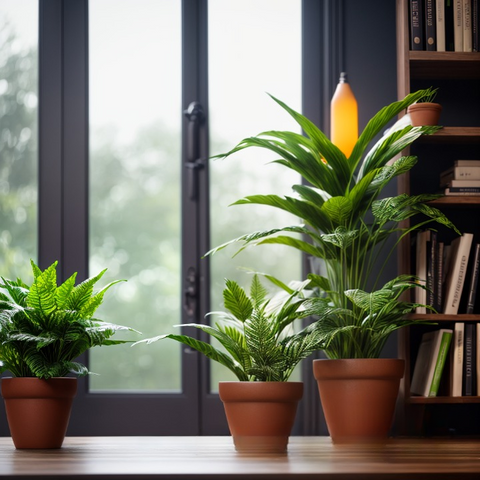
Observation
Monitor your plants closely for the first few weeks after the move. Look for signs of stress, such as wilting, yellowing leaves, or leaf drop. Address any issues promptly to ensure they recover well.
Adjust Care Routine
Your new home may have different environmental conditions than your previous one. Adjust your care routine as needed, including watering frequency, light exposure, and humidity levels. Be patient, as it may take some time for your plants to acclimate fully.
Conclusion
Moving your indoor plants to a new home in summer requires careful planning and attention to detail. By following these tips, you can minimize stress on your plants and help them settle into their new environment smoothly. Remember to prune, inspect, and water wisely before the move, pack them securely, and transport them in climate-controlled conditions.
Once in your new home, unpack promptly, acclimate them gradually, and monitor their health closely. With these steps, your beloved indoor plants will continue to thrive and bring joy to your new space.


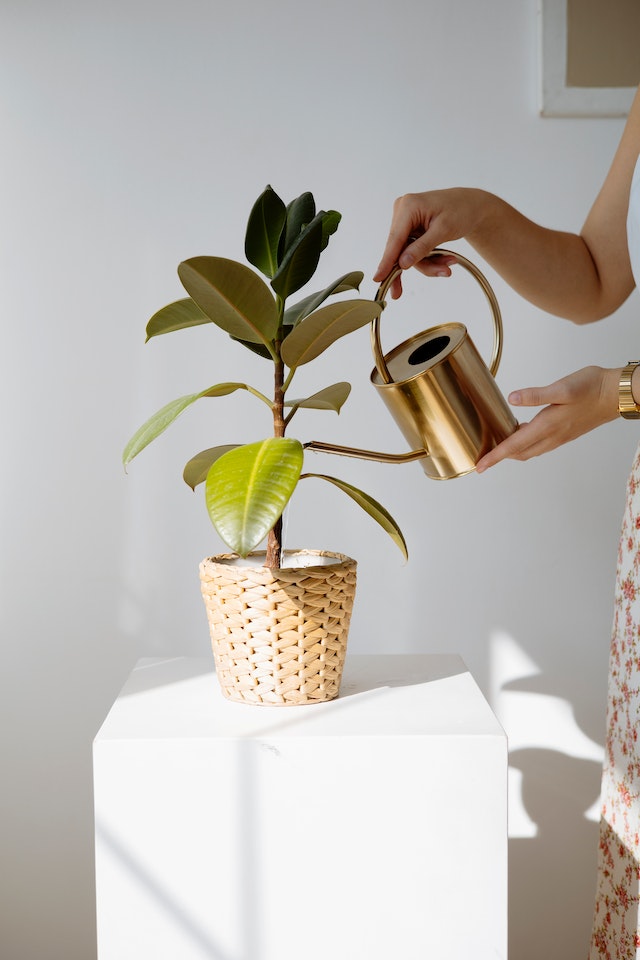
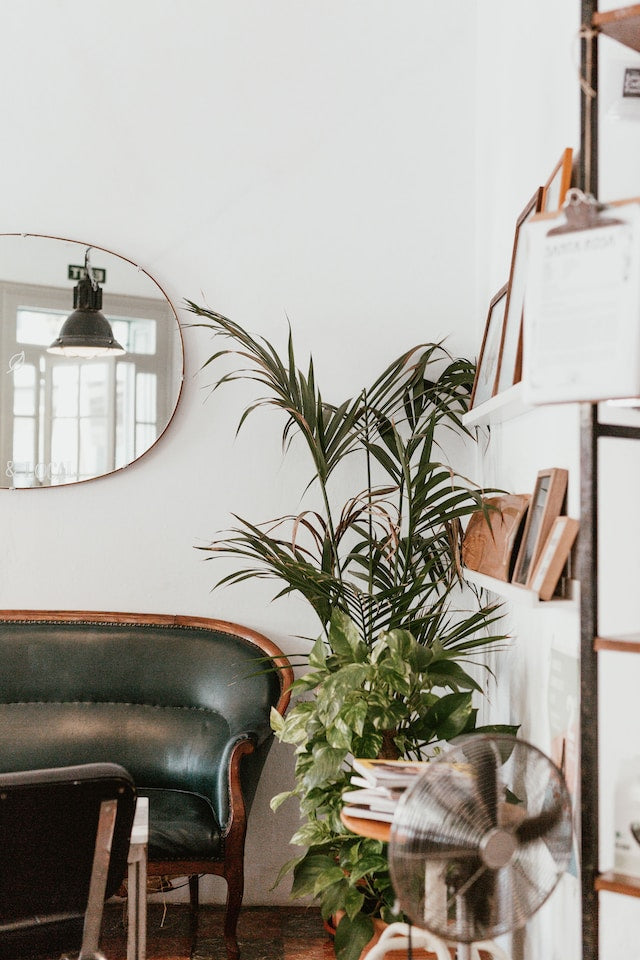
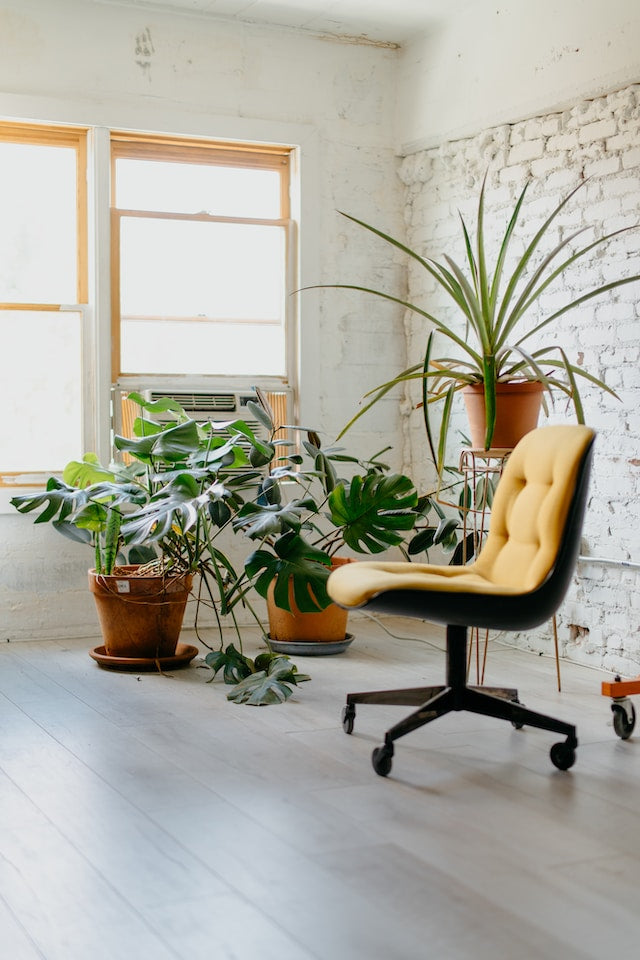
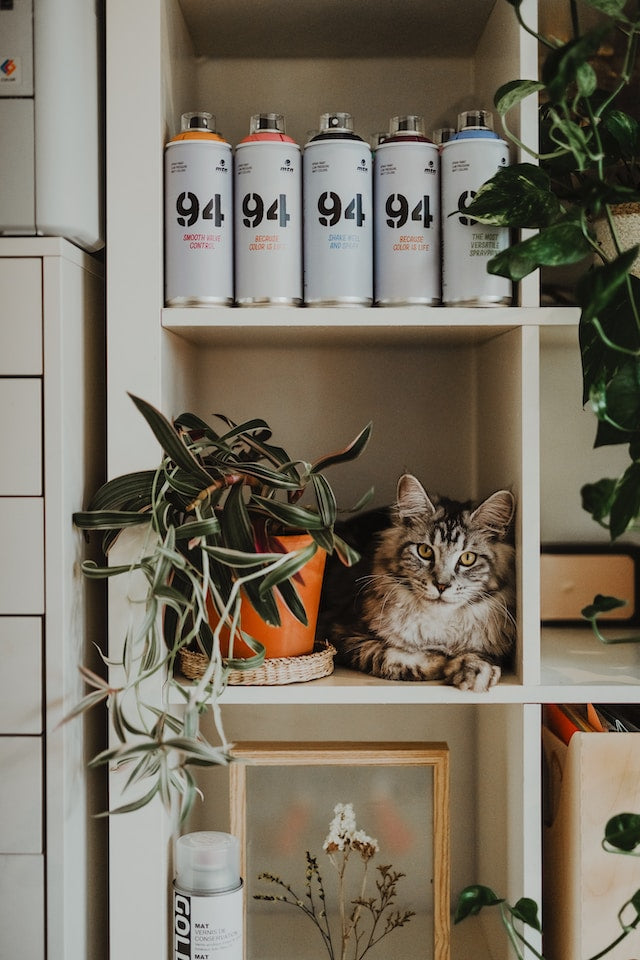
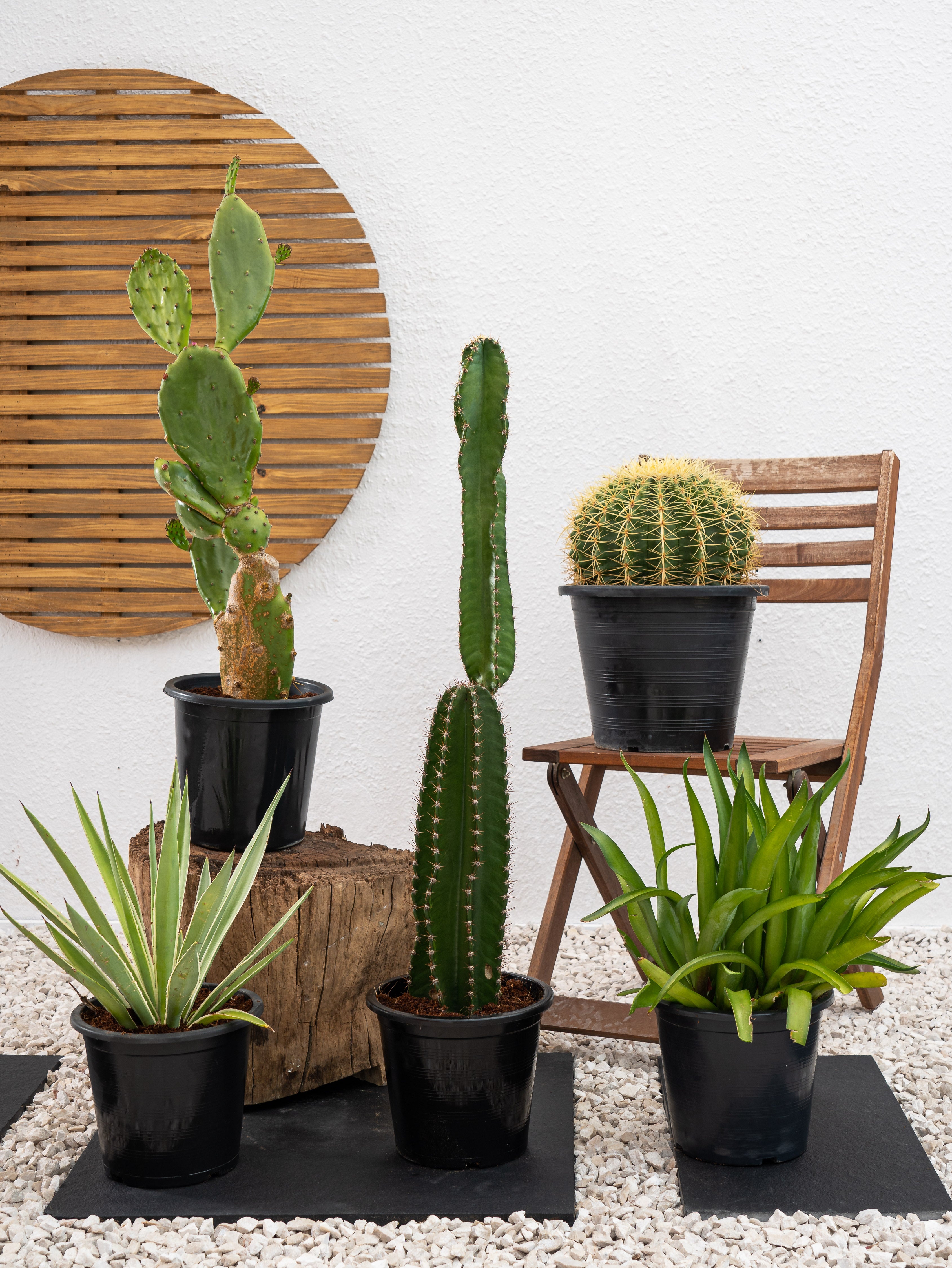
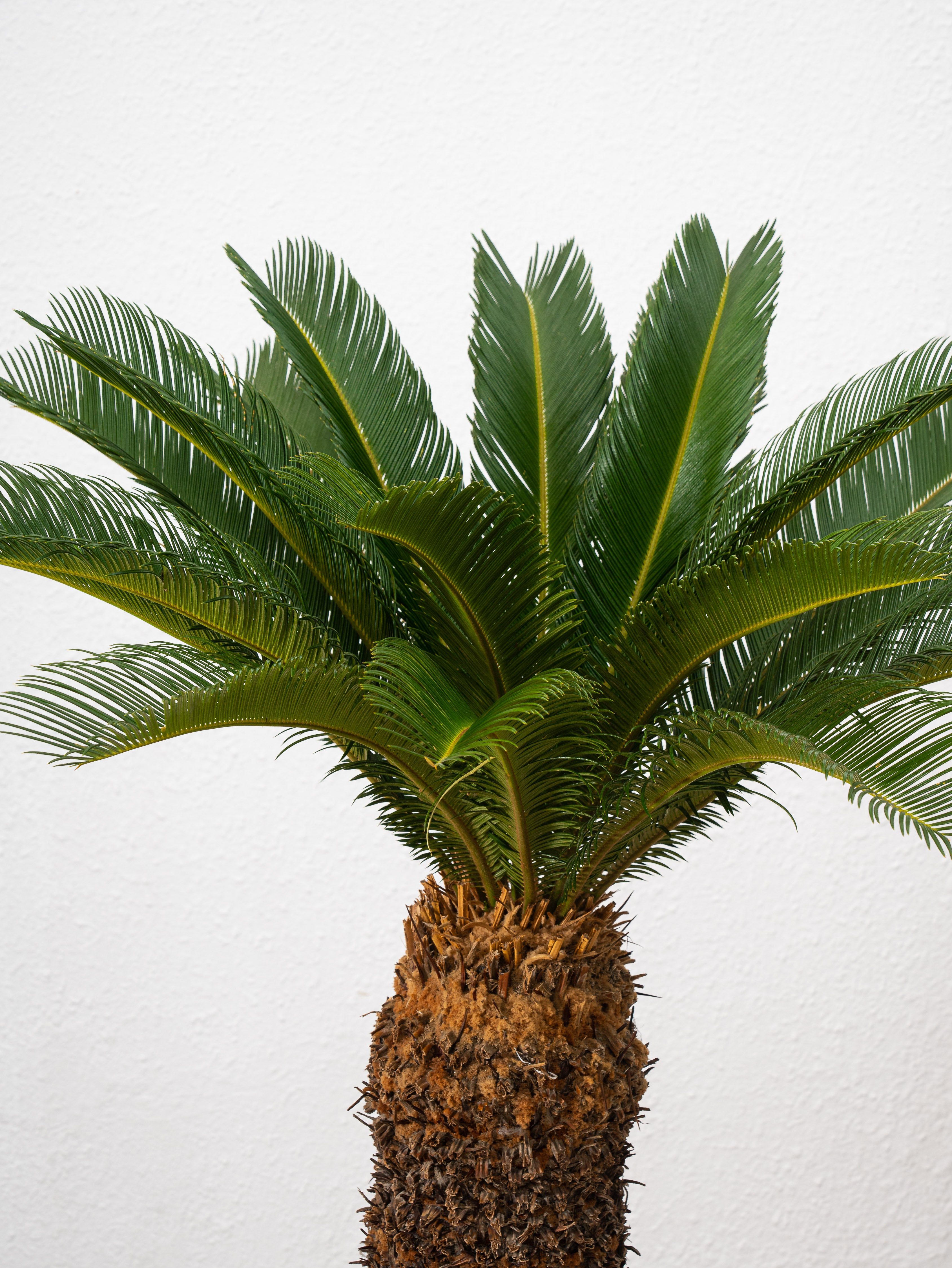
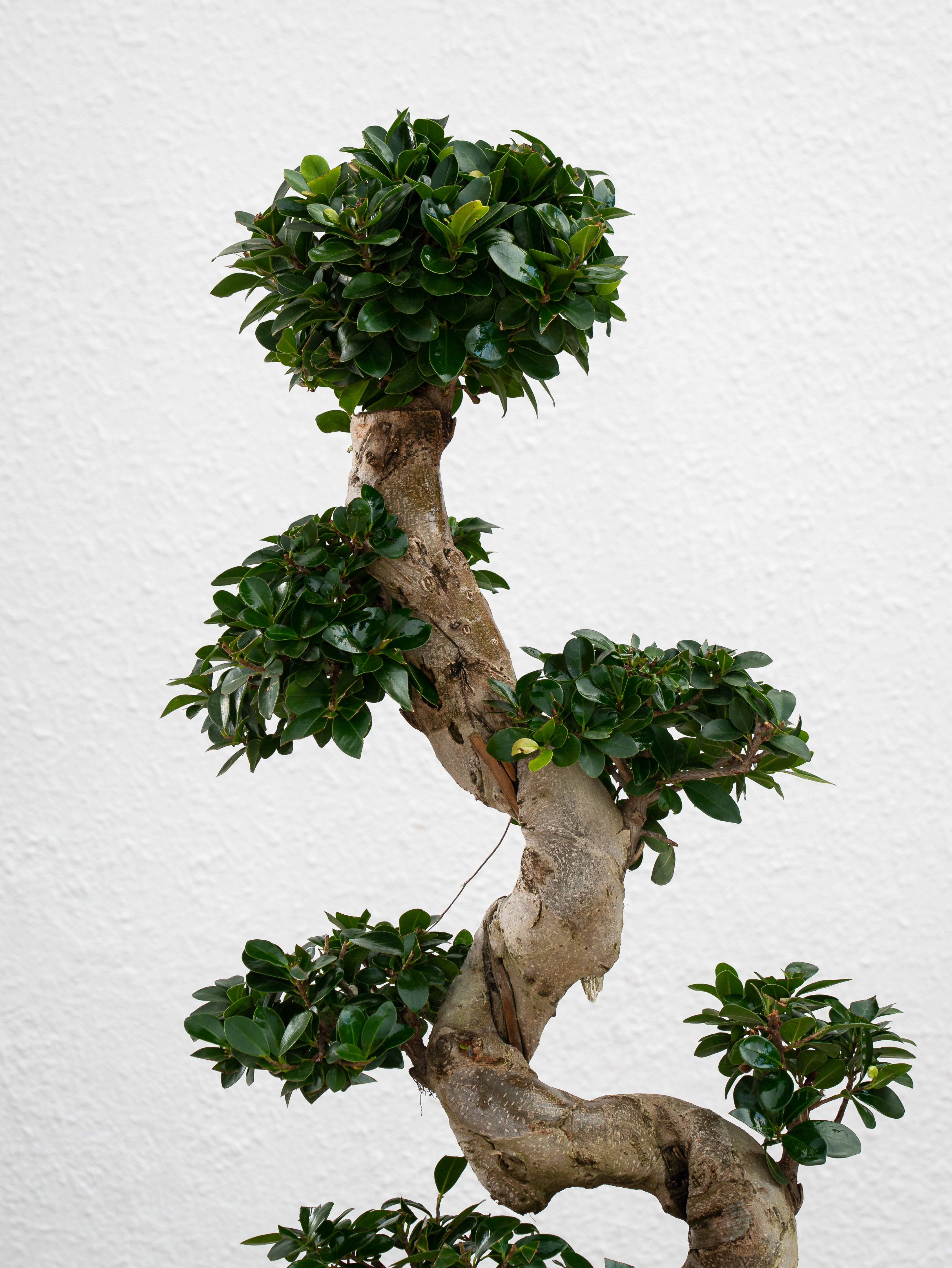
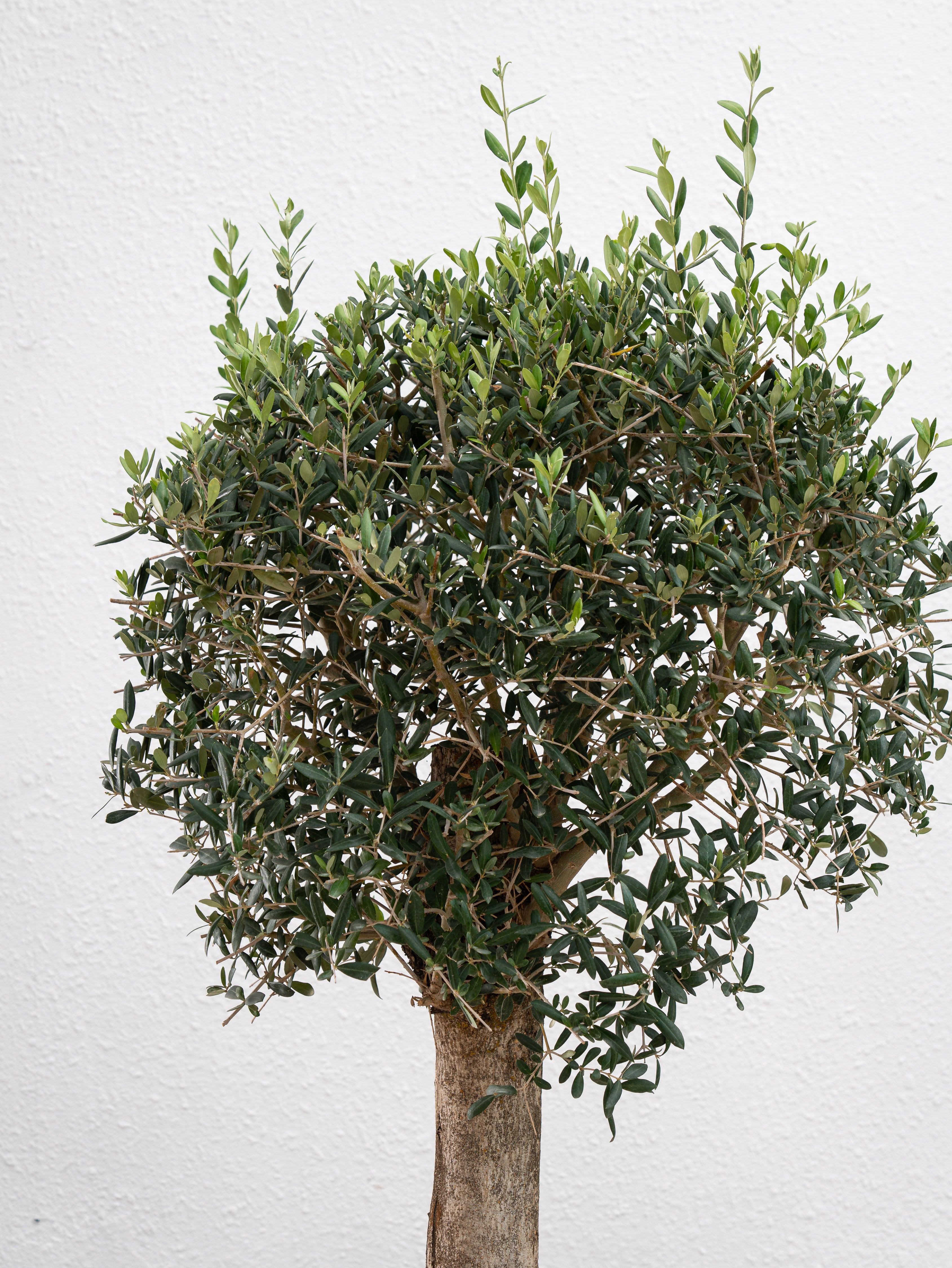
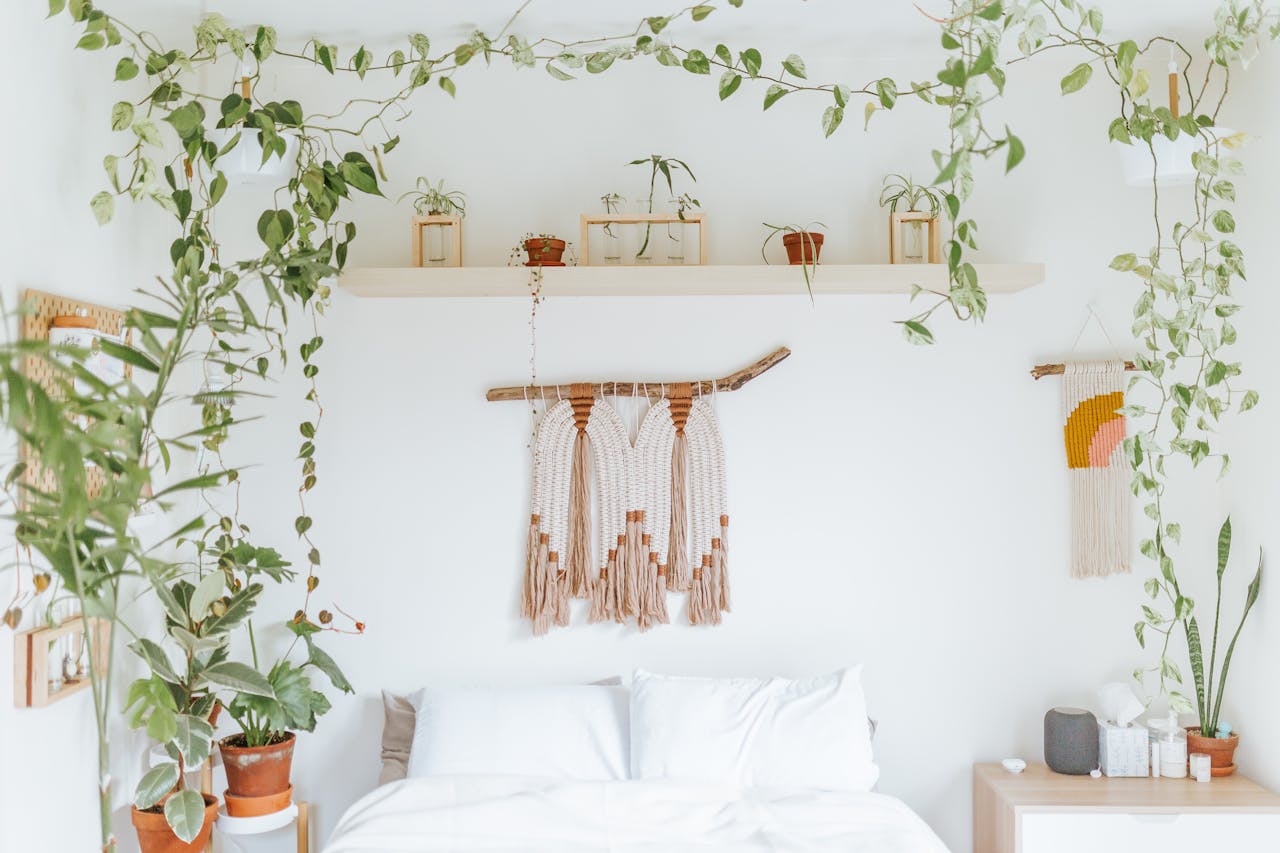
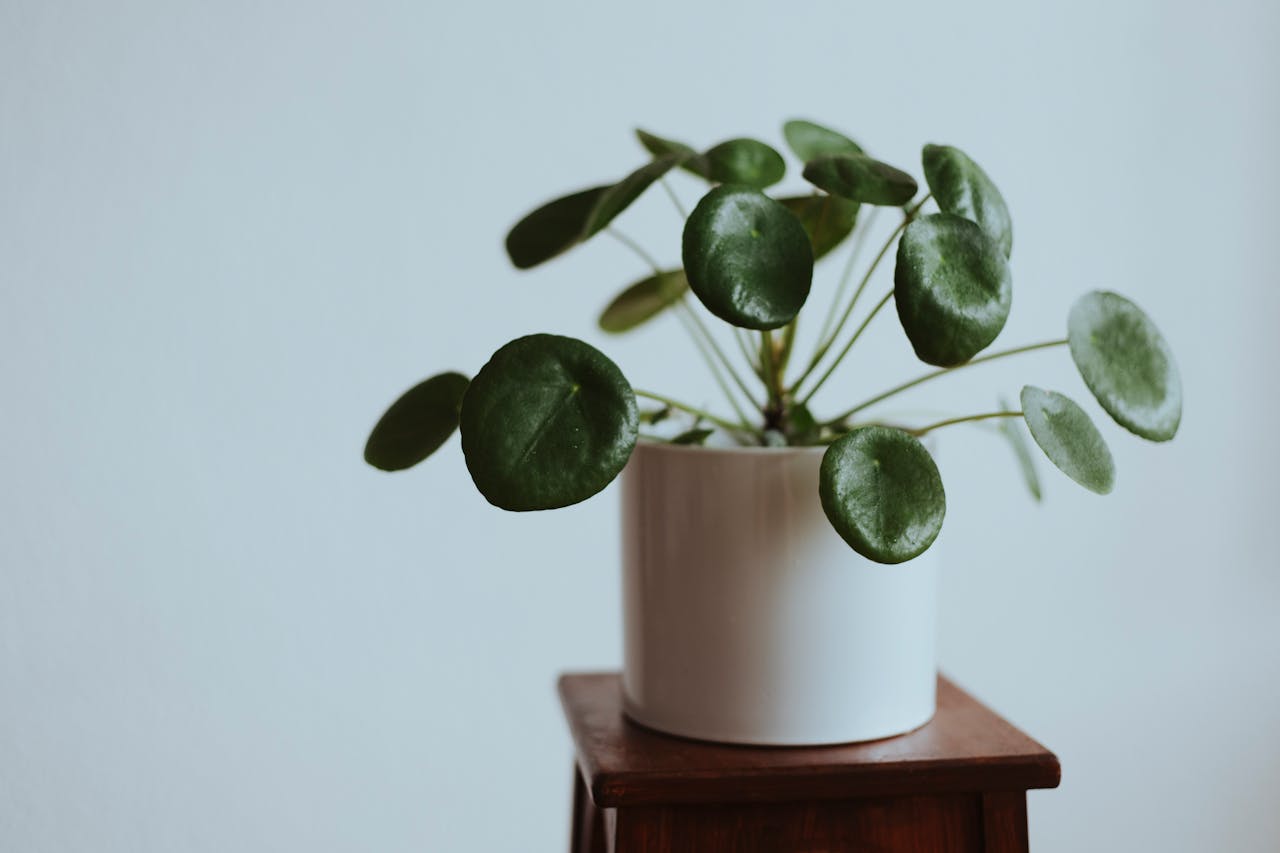
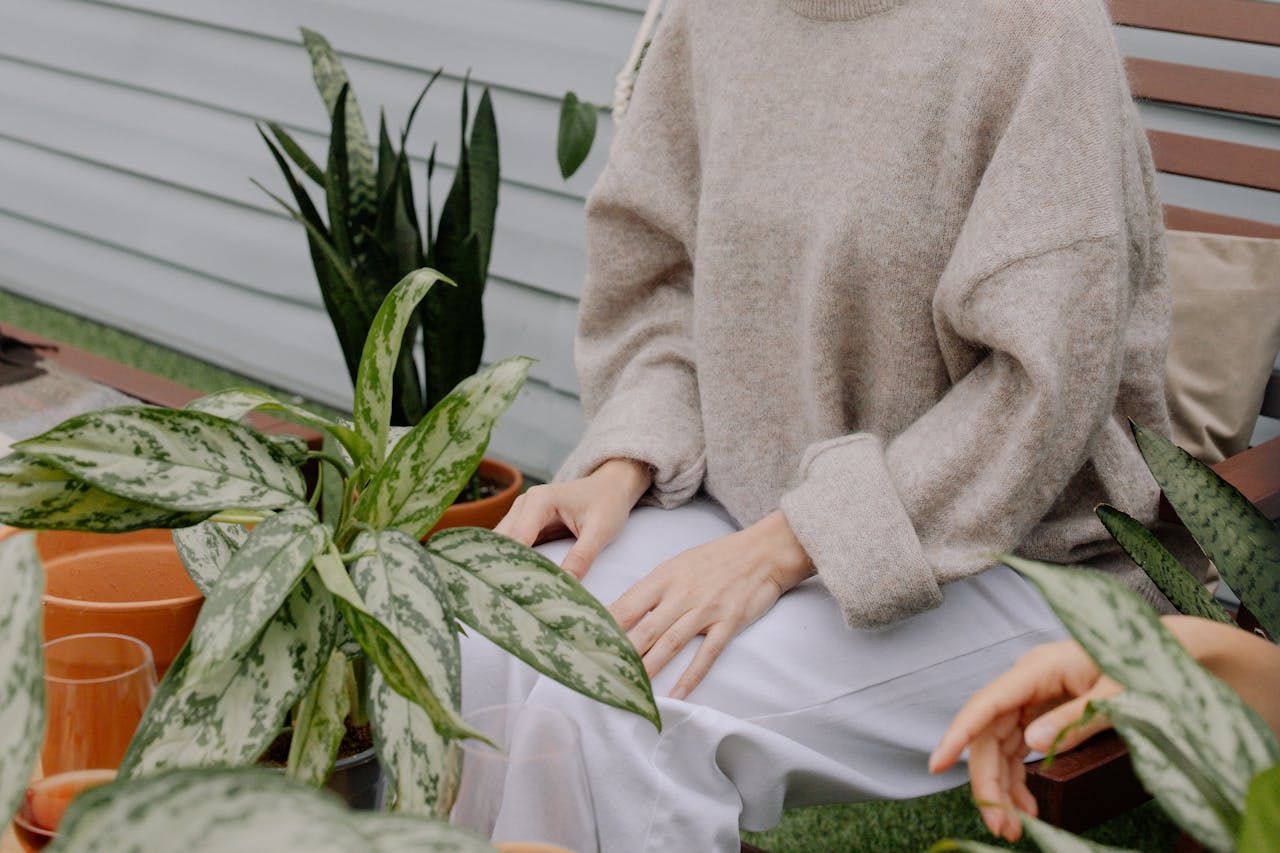
Leave a comment
This site is protected by hCaptcha and the hCaptcha Privacy Policy and Terms of Service apply.